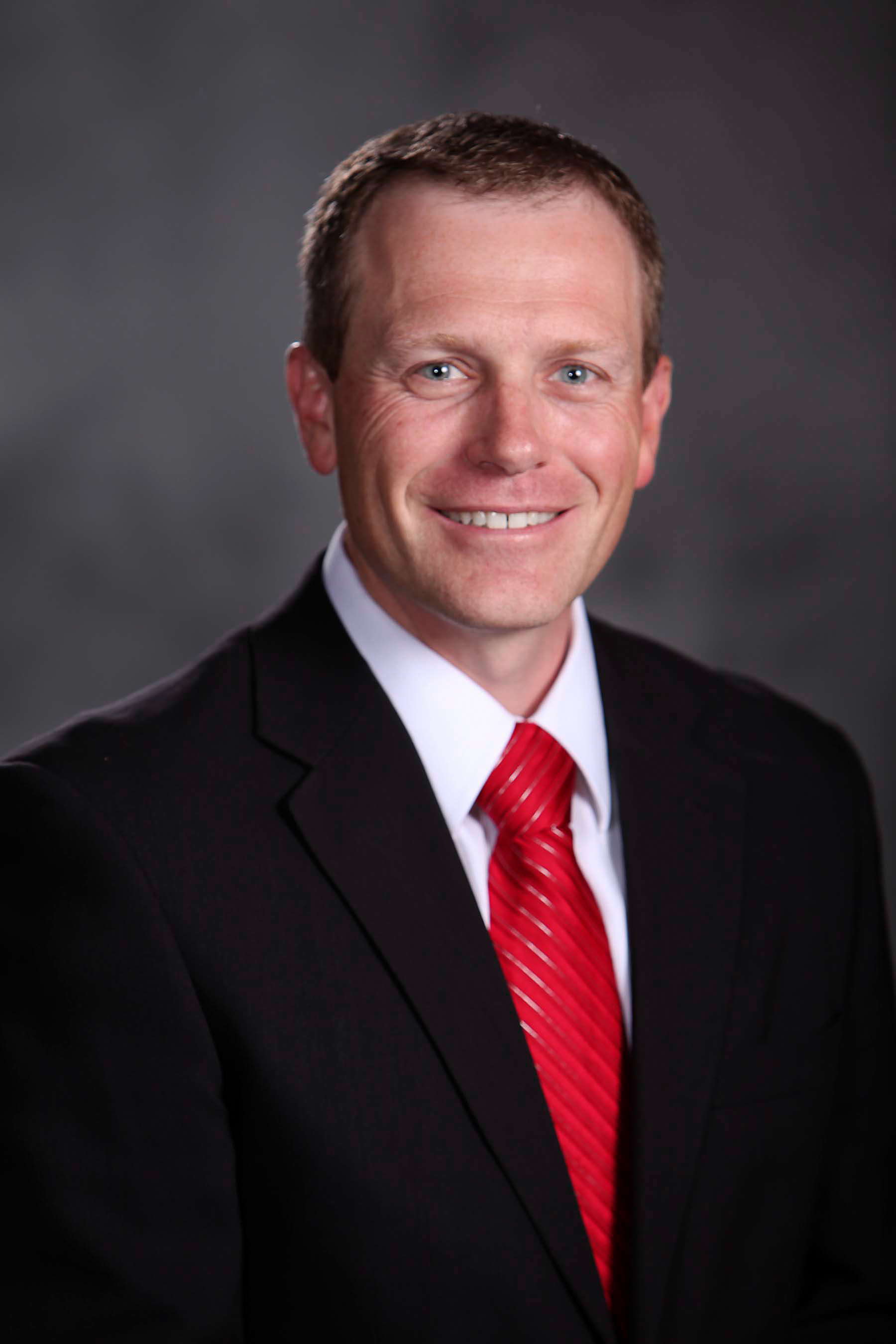


Dr. Cox specializes in Geotechnical Engineering issues related to earthquake loading, soil dynamics and nondestructive material characterization using stress waves. He has been a part of the Geotechnical Extreme Events Reconnaissance (GEER) teams deployed immediately following the M7.1 2010 Darfield, New Zealand Earthquake, the M7.0 2010 Haiti Earthquake, the M6.9 2008 Iwate-Miyagi, Japan Earthquake and the M8.0 2007 Pisco, Peru Earthquake. He has also been a part of teams deployed to collect shear wave velocity data at strong motion stations and soil liquefaction sites following the M9.0 2011 Tohoku, Japan Earthquake, the M6.3 2011 Christchurch, New Zealand Earthquake, the M6.7 2006 Kiholo Bay, Hawaii Earthquake, the M6.8 2001 Nisqually (Seattle), Washington Earthquake, and the M7.4 1999 Kocaeli, Turkey Earthquake. Additionally, Dr. Cox has been involved with numerous dynamic site characterization projects where crosshole, downhole and surface wave techniques were employed for the seismic design of critical government facilities such as the Yucca Mountain Project, the Device Assembly Facility (Nevada Test Site), the DOE Hanford Site, the Y-12 National Security Complex, Oak Ridge National Laboratory, and Los Alamos National Laboratory.
In 2011, Dr. Cox received the prestigious Faculty Early Career Development (CAREER) award from the National Science Foundation for his work on quantifying uncertainty in surface wave methods used for non-intrusive geotechnical site investigations. In 2012, he received the Presidential Early Career Award for Scientist and Engineers (PECASE) from President Barack Obama, which is the highest honor bestowed by the United States government for science and engineering professionals in the early stages of the independent research careers. His Ph.D. graduate research centered around the development of a new in-situ test method for directly measuring the dynamic pore pressure response and nonlinear shear modulus behavior of liquefiable soil deposits. For this research, he was selected as the 2004-2005 FEMA Graduate Fellow in Earthquake Hazard Reduction by the Earthquake Engineering Research Institute (EERI). In 2010, his work in this area was recognized by the ASTM Geotechnical Testing Journal through receipt of the Hogentogler Award for his "paper of outstanding merit." More recently, he has continued his work in the area of in-situ liquefaction evaluation as a means to investigate shallow ground improvement methods for mitigating soil liquefaction damage in Christchurch, New Zealand.
Dr. Cox is a member of the American Society of Civil Engineers (ASCE), GEER and EERI. He also serves as an associate editor for the ASCE Journal of Geotechnical and Geoenvironmental Engineering. Some additional information about his outreach following the 2010 Haiti Earthquake is documented in this video produced by the American Museum of Natural History.